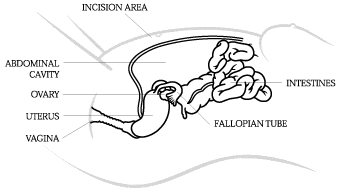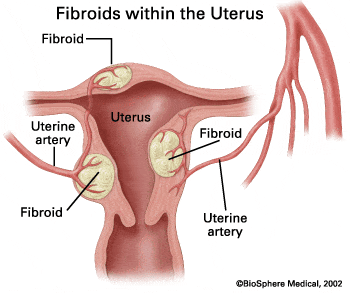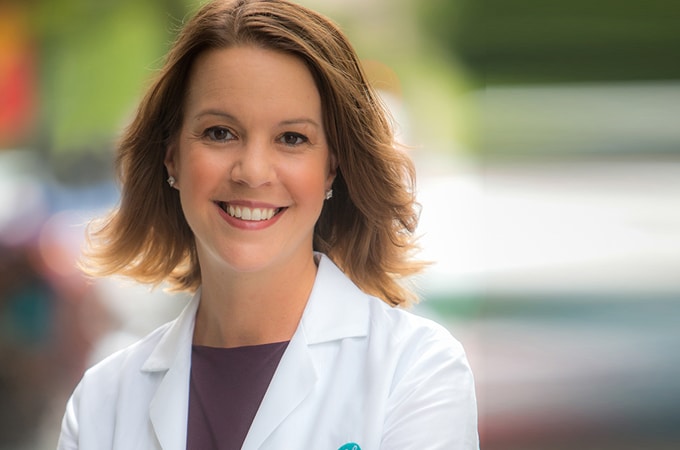Fertility Fact: Laparoscopy can help diagnose infertility.
What is a laparoscopy?
Laparoscopy is a surgical procedure a fertility specialist uses to look at your uterus, ovaries, fallopian tubes, and other pelvic organs. It can be used to identify fibroids, scar tissue, endometriosis, and/or blocked tubes, all of which can cause infertility. Often times, if a problem, such as a fibroid, is found during the procedure it can be corrected at the same time.
How is a laparoscopy performed?

While under sedation, the abdomen is filled with air to allow the different pelvic structures to be seen clearly. A fiberoptic camera, called a laparoscope, is inserted through the belly button to these organs to be seen. One to three other 1 centimeter incisions are made in your lower abdomen to introduce instruments to allow any surgical repair needed. Oftentimes, this just requires a small blunt probe to move or lift the organs to see hidden areas. Also, a dye may be injected through your cervix into your uterus and fallopian tubes to see if they are open or blocked. This is an alternative test to the hysterosalpingogram (or HSG), which also determines if the fallopian tubes are open.
How long does the laparoscopy take?
Depending on what is found during the procedure, it may take anywhere from 30 minutes to 2 hours. You will stay in a recovery room for a few hours after to wake up from the anesthesia. You should plan to have someone take you home after the procedure and stay with you for the next 24 hours.
What is the recovery time for a laparoscopy?
Some patients will feel sore and tired following the procedure, while others are ready to return to work the next day. “The beauty of laparoscopy is that we can do many of the same procedures that used to require an abdominal incision, with a much shorter recovery,” says Dr. Joseph Doyle. When pain is a bother, it is often in the shoulder blades or under their diaphragm (a result of the air irritating some of the nerves in the abdomen). You make take pain medication and moving around will help the pain resolve. All pain should go away in a day or two, but it is recommended to take a couple days off from work to allow for healing.
- Did you know that once upon a time laparoscopies were needed for all egg retrievals prior to the advancements of retrieving the eggs transvaginally? Read more advances that helped advance fertility treatment over two decades.
If you are having trouble conceiving or for more information or to schedule an appointment with one of our physicians, please speak with one of our New Patient Liaisons by calling 877-971-7755.





